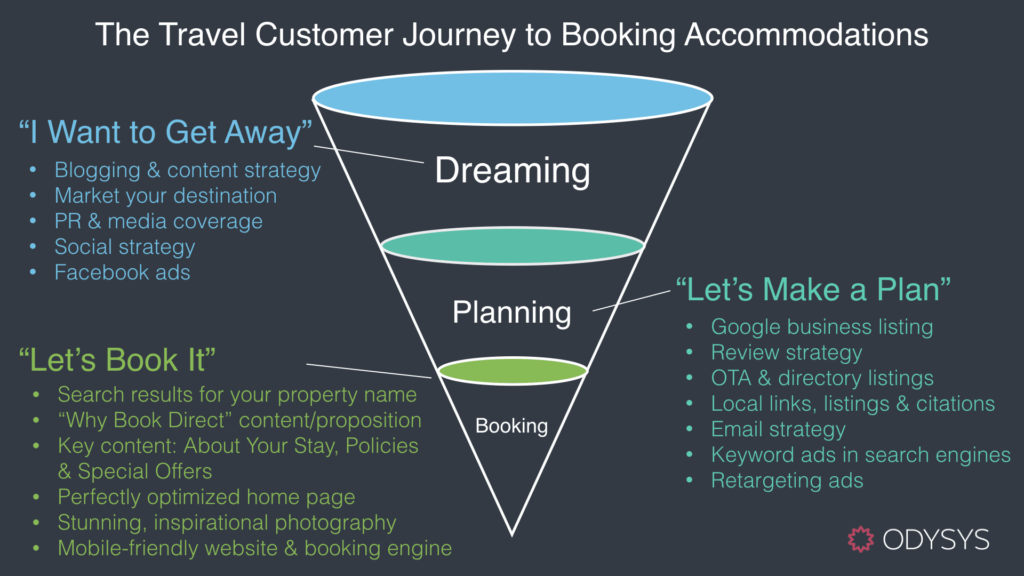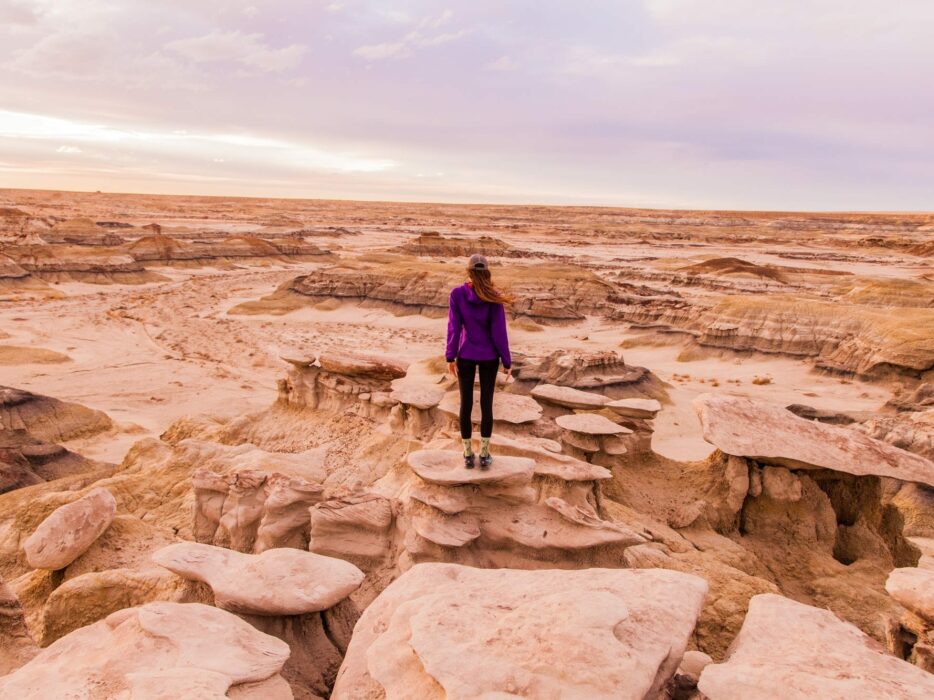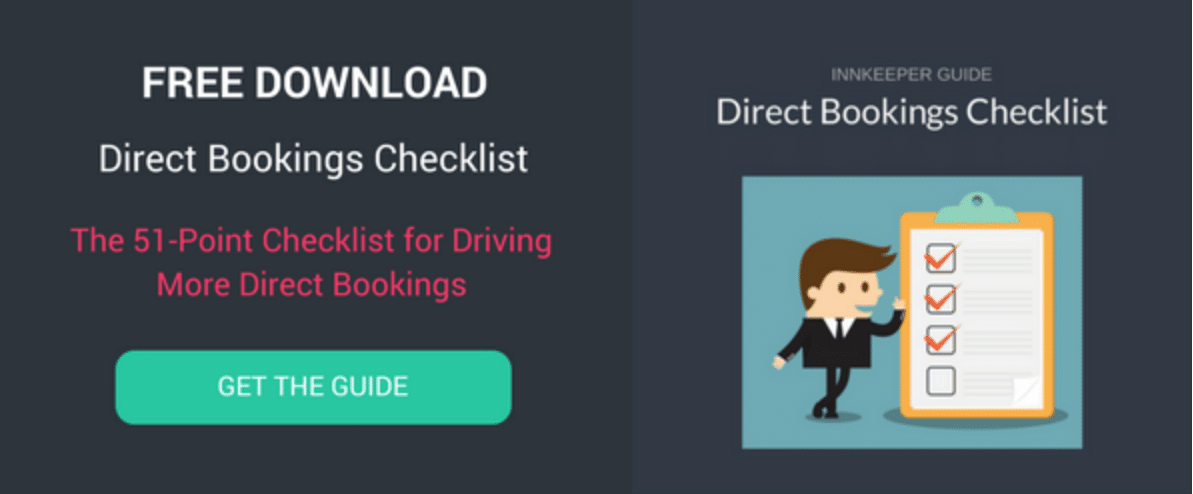Technology has revolutionized the way people research, plan, and book their travel experiences. Today’s customers use the internet on almost every stage of their travel journey, from deciding where they want to go to sharing photos from their vacation on social media once their home. To help you understand this process, Google has broken the travel customer journey up into three crucial stages: dreaming, planning, and booking. We think about the travel customer journey when helping our customers build their websites and develop a strong marketing plan. In this post, we’ve outlined the three essential stages of the customer travel journey and highlighted some key marketing activities for each stage.
When viewing this travel customer journey, we recommend prioritizing your marketing activities by working from the bottom to the top. Check as many of the boxes as you can for the “Let’s Book It” stage before you bother worrying about “Time to Make a Plan” stage, and master that stage before you spend any time on “I Want to Get Away.”

Note: Before you do anything, make sure your website is mobile-friendly. 40% of travel research is done on mobile devices, so if your website isn’t mobile-friendly, you will be missing out on a large chunk of potential guests.
Dreaming: “I Want to Get Away”
The Dream stage happens after the travel bug has bitten but before any concrete decisions have been made. It is that feeling of “I want to get away” or “I’m ready to take that big trip I’ve always dreamt about.” The customer might not know where they want to go or what they want to do once they are there. They just know they want to go.
This stage is heavy on the fantasizing and light on the practicalities. Travelers are open in this stage, looking anywhere and everywhere for that one thing that will inspire them to plan a trip. They are likely doing lots of Googling, conducting countless image or map searches, looking at travel websites like Travel & Leisure or TripAdvisor, and browsing on social media. Customers will be searching for things like “best places to go in the Spring” or “the Best Cities to Visit in 2018” or “the cheapest beach towns in Mexico.” They aren’t yet interested in logistics like flights, transportations, or hotels.
To ensure that you are attracting potential customers during the dream phase:
- Join the innkeeper association or the visitors association in your area. It is their job to market your area as a desirable destination. If you want to get on the radar of potential guests here, leverage your relationships with these associations so that as they market your destination and you are able to capture impressions along the way by being listed in their directory.
- Consider PR & Other Media Coverage. Even more traditional PR methods, like local newspapers or radio stations, have the power to put heads in beds.
- Start or maintain a blog. Having a blog can help bring travelers to your site by showcasing your particular destination and all the great things visitors can do there. Blogs help drive traffic to your site and might inspire visitors to look further once they are there. In addition, you can use your blog to add content to your website about “Best Times of Year to Visit” or “10 Reasons Destination is Great For Honeymoons,” and so on. Download our Odysys Guide to Blogging to become a blogging master.
- Fill your website with high-quality photos of your property and location. Visual content does a lot to capture interest and inspire travelers in the dream stage. The right photos will help potential guests picture themselves lounging on your porch, admiring your ocean views, or relaxing in one of your luxurious rooms.
- Include a video. If you can, provide a video that takes viewers inside your property and gives them a sense of the experience they will have if they choose to stay there. A video isn’t just a slideshow set to music. It is actual filmed footage of your property. It could include a brief interview with you, scenes of guests enjoying their stay, or simply a high-quality montage of everything your property has to offer.
- Have a newsletter signup form on your website. Newsletters are great ways to stay in touch with both past guests and ones who might be interested in the future. If a traveler is in the dreaming or planning stage, they can sign up for your newsletter and you can market to them later on.
Planning: “Time to Make a Plan”
The planning or research stage is the most focused part of the customer travel journey. This is your biggest chance to get on your potential guest’s list. For the customer, reaching the Planning stage is exciting but also a little stressful, because it is when all the practicalities come in, like booking flights and comparing prices.
In the planning phase, customers have decided on a specific place they want to visit and now they are looking for the perfect place to stay while they are there. This means they will be choosing between you and your competitors in the area. In this stage, travelers focus on specifics, such as “hotel with jacuzzi” or “romantic bed & breakfasts in Maine.” They might be searching for a lodging in a specific part of town or rooms that meet their desired price range.
They might look on OTA’s like Expedia or directories like TripAdvisor for the best hotels in a certain destination. They might also consult travel books like Frommers or Lonely Planet for their recommendations, but they will likely be doing most their research online and on social media. Again, this means you need to focus on the content of your site.
Be clear about your location, prices, and amenities. Research shows that when browsing on their mobile devices, visitors spend 5% less time on your website than when using other devices. That means that you need to provide all the relevant information in a clear and streamlined fashion. Make sure your homepage is perfectly optimized so visitors can access this information quickly and without too much clicking around.
If there is something that makes your property unique or especially desirable, such as that jacuzzi or those ocean views, highlight it on your website. Make sure your Home Page has a featured photo of said thing and maybe even consider mentioning it in your Title Tags of Meta Descriptions.
In addition to your home page, take a look at these four essential pages on your site and do a little housekeeping: About Your Stay, Things to Do, Policies, and Special Offers & Getaway Deals. Create a perfect special offers page by providing clear & concise information about the deal, showing why that package is extraordinary, and including a Call to Action.
Most important, your Google Business Listing needs to rank well. Local search is an increasingly crucial part of the travel customer journey, so you need to claim & optimize your Google listing and work to keep your ranking high. For more information, downloaded our Innkeeper Cheat Sheet or watch ourLocal SEO Webinar.
To recap:
- Market your property on OTAs and directories like TripAdvisor, UniqueInns, or even locally-focused sites like Yelp
- Join your local visitors association and B&B/innkeeper association as well as any relevant local sites or business directories
- Review your photos & content: Are your property’s unique features clearly featured?
- Is your property’s Google business listing optimized and ranking well?
- Is your home page optimized?
- Send monthly emails that offer deals and relevant content to attract potential guests or encourage past guests to come again
Booking “Let’s Book It”
Once customers have made it to the booking stage, they want everything to go smoothly. In this stage, a customer has narrowed down their choices and decided on the location, services, amenities, and atmosphere that is right for them and they are ready to reserve a room. Different age groups want different things out of their accommodations, but all want:
- Free WiFi
- Complimentary Breakfast
- TV in Guest Room
- Daily Room Cleaning
- Toiletries
However, just because a guest decides your property is the right fit doesn’t mean you can get the booking. You also need to remove as much friction as possible from the process:
- Ensure that your Booking Engine os streamlined and well-designed. Users will leave if it takes too many steps to book or get the desired information (like availability and rates for a certain date range.) Don’t lose an important booking just because your booking engine is out of date or isn’t mobile friendly.
- Work to improve your branded search results so you have better ranking & visibility.
- Leverage Google Adwords and retargeting to capture as many bookings at this stage as possible. Using both in tandem can really help close the loop on all the other important work you’ve done in the other stages.
Understanding these three essential stages and the marketing activities for each can help you better target customers at each stage of the journey and as a result, attract more guests to your property. What matters is being present to your customers through every stage of the journey and providing them with the content & information they need to feel truly inspired.

